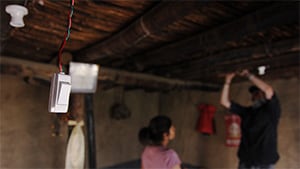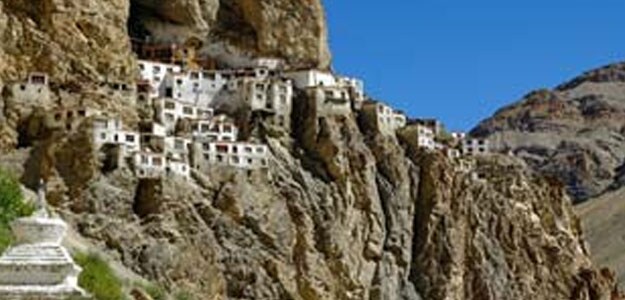
- Lighting The Himalayas /
- The Expedition Team/
- Expedition Team Member Anwar Hussain

A 22-year-old technician at Tata Sky, Anwar brought DTH connections to several homes in the Himalayas. He hails from the beautiful valleys of Kargil and is extremely passionate about his job. He was raised in a village called Andoo, where he received a formal education and developed a desire to bring entertainment and delight to the people. He found a place at Tata Sky and spent the next 4 years setting up Tata Sky connections at remote and unmapped locations. He became a part of this endearing and challenging expedition in the hope that through Tata Sky he can aid the lamas of the monastery by providing them a window of information to the world.
................................ Advertisement ................................
................................ Advertisement ................................




